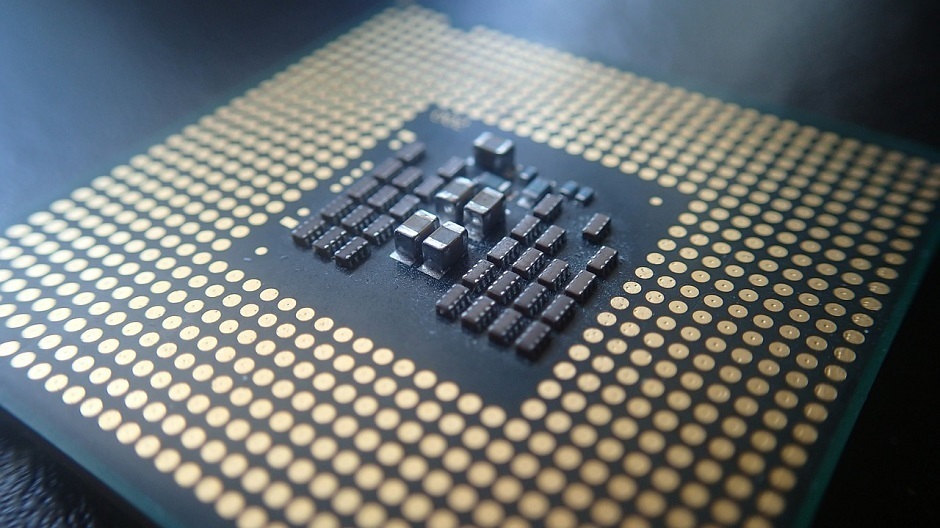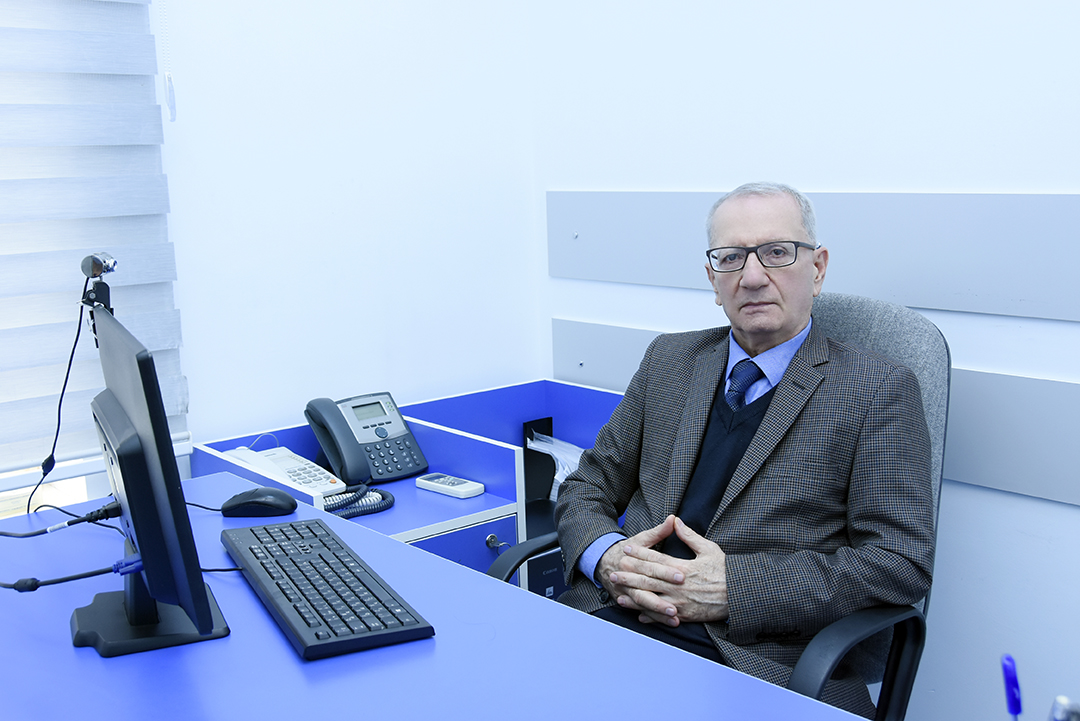NEWS
Intel introduced the first architecture of 3D-chips

Intel has found a way to increase the density of transistors on the chips, placing them one above the other. The company introduced the first architecture of 3D chips Foverus, the first models with this technology will appear in the second half of 2019.
The technology allows to combine various processors and modules not only across the entire surface of the chip, but also by stacking each other. Using the architecture of Foverus, Intel has achieved a 10-nanometer process technology in processors.
The company has not yet disclosed the details of exactly where this technology of 3D chip construction will be used. Will it appear in new computer processors or will it become the basis, for example, to return to the chip market for smartphones.
At the same time, Intel introduced a new Sunny Cove microarchitecture. It will be used in next-generation Intel Core and Xeon processors, due out in the second half of 2019. The company promises to reduce the delay in the execution of commands and the possible parallel execution of a larger number of operations.
Intel also talked about new integrated graphics chips of the 11th generation - they will be the first to overcome the power threshold of 1 teraflops. The company also plans to introduce its first discrete graphics card in 2020.



